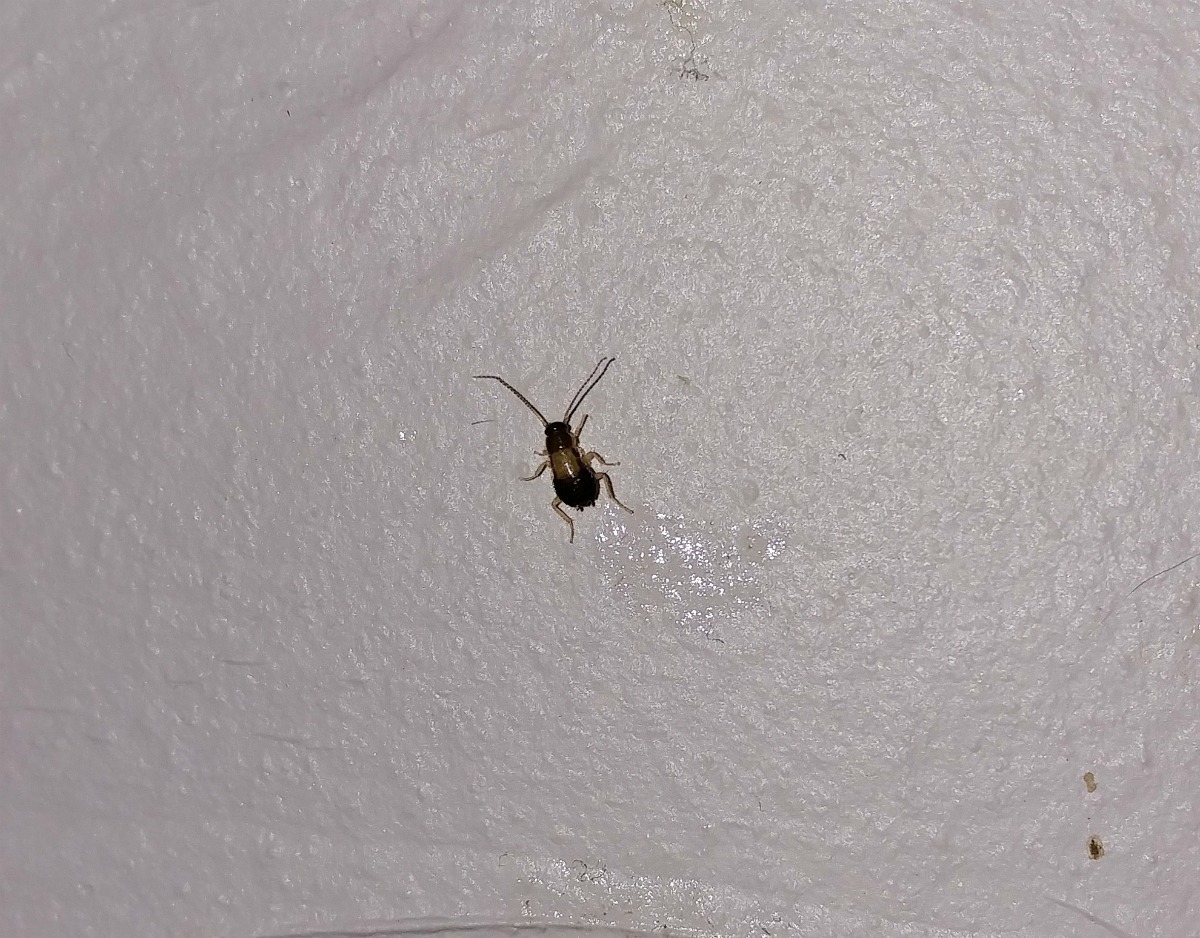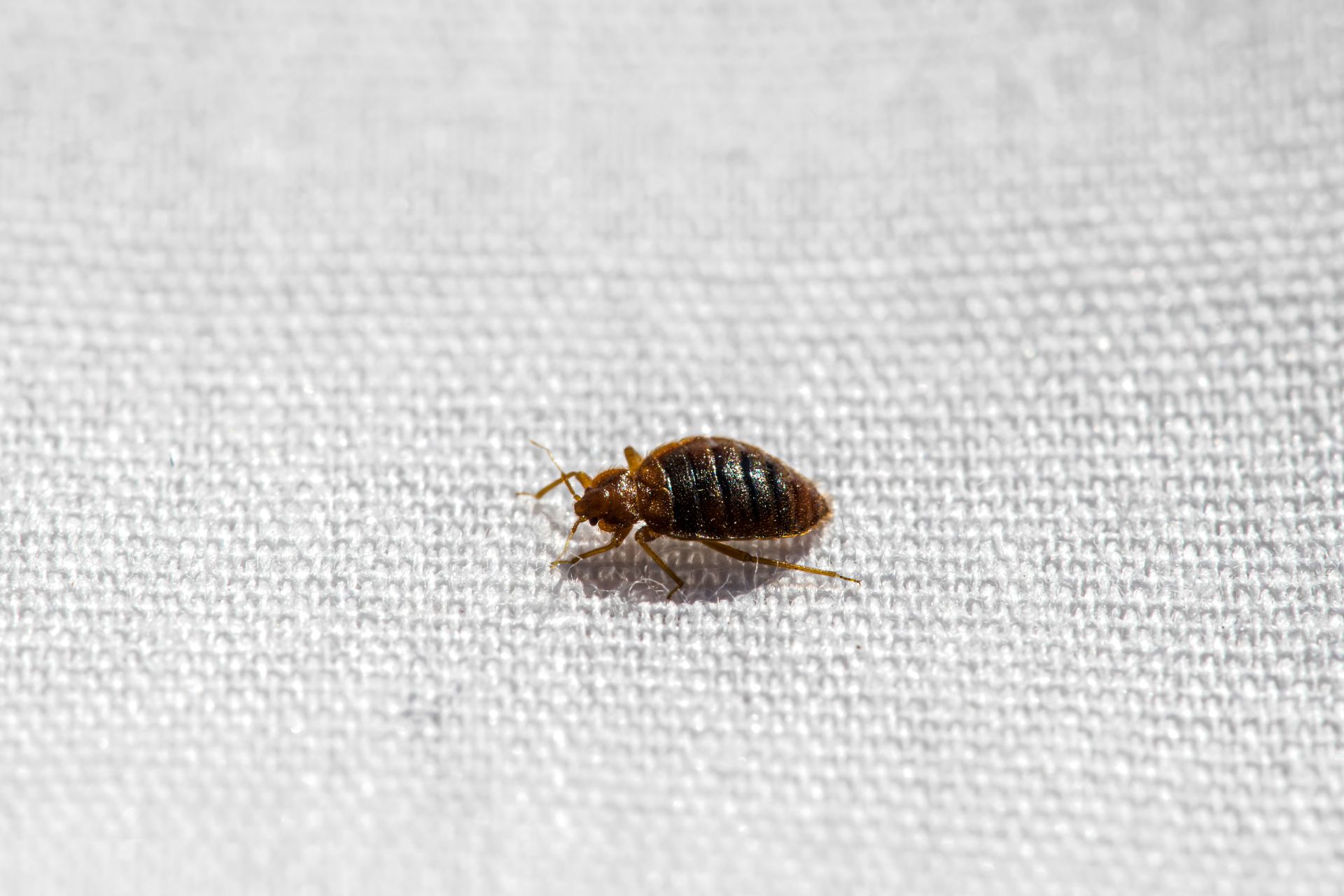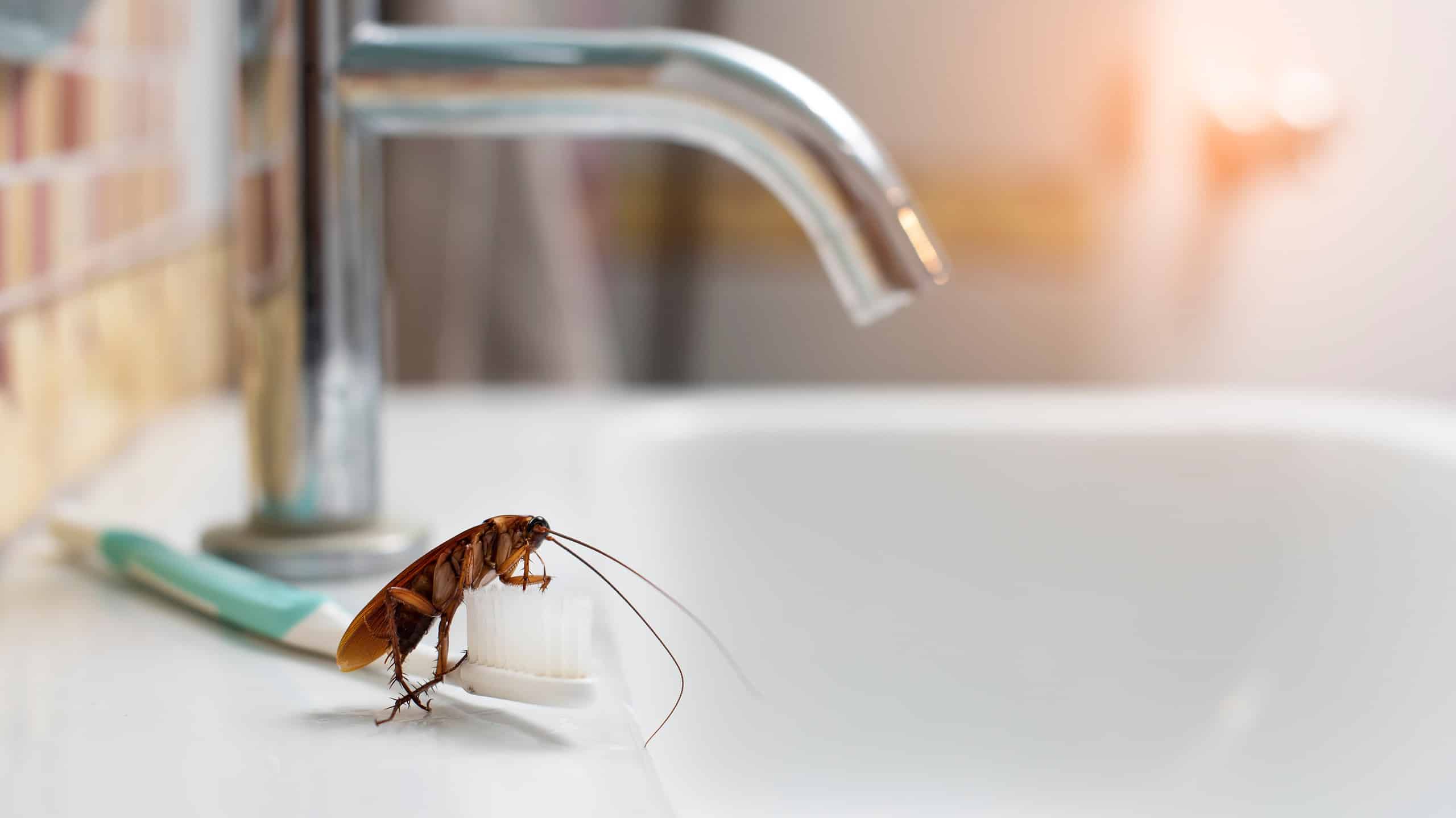Identifying the Little Grey Bugs

Discovering tiny grey bugs in your bathroom can be unsettling. These small creatures often find their way into our homes, seeking moisture and food. Identifying the specific type of bug can help you understand its habits and find effective solutions to eliminate them.
Common Bathroom Bugs
Identifying the type of grey bug you’re dealing with is crucial for effective control. There are several common types of small grey bugs found in bathrooms, each with its unique characteristics.
- Silverfish: These are wingless insects with elongated, flattened bodies, resembling a silver fish. They are about 1/2 inch long, with three long appendages at the end of their abdomen. They are commonly found in damp, dark areas, such as bathrooms, kitchens, and basements. Silverfish feed on starchy materials, such as paper, glue, and fabrics.
- Booklice: These tiny insects are about 1/16 inch long, with pale, greyish-white bodies and long antennae. They are often found in damp, humid environments, such as bathrooms and kitchens. Booklice feed on mold, mildew, and other organic materials, including bookbinding paste.
- Springtails: These tiny insects are less than 1/8 inch long, with a distinctive forked tail that helps them jump. They are typically found in moist areas, such as bathrooms, basements, and gardens. Springtails feed on decaying organic matter, such as mold and mildew.
Understanding Their Habitat and Behavior: Little Grey Bugs In Bathroom

Bathrooms provide an ideal environment for these small, grey bugs due to their combination of moisture, warmth, and readily available food sources. These factors contribute to their ability to thrive and reproduce in these spaces.
Preferred Habitat Conditions
The presence of moisture is crucial for the survival of these insects. Bathrooms, with their frequent exposure to water and humidity, create a suitable environment for their development and reproduction. Warm temperatures, often found in bathrooms, also contribute to their thriving.
Feeding Habits
These small grey bugs feed on a variety of organic materials, including:
- Mold and mildew
- Dead insects
- Food crumbs and spills
- Hair and skin flakes
The presence of these food sources in bathrooms makes them particularly attractive to these insects.
Breeding Patterns
These bugs typically reproduce quickly, laying eggs in moist, sheltered areas. The eggs hatch into nymphs, which molt several times before reaching adulthood. This rapid reproductive cycle allows their populations to grow quickly, especially in favorable conditions.
Movement Patterns
These small grey bugs are often observed crawling on surfaces, walls, and floors. They may also be found in cracks and crevices, seeking shelter and food.
Habitat and Food Source Comparison
| Bug Type | Preferred Habitat | Food Sources |
|---|---|---|
| Silverfish | Damp, dark places like bathrooms, kitchens, and basements | Starch, sugar, dead insects, and paper |
| Springtails | Moist environments, including bathrooms, basements, and gardens | Mold, fungi, and decaying organic matter |
| Booklice | Dry, warm places like bookshelves, libraries, and bathrooms | Mold, fungi, and dead insects |
Addressing the Infestation

Preventing and eliminating little grey bugs in your bathroom requires a multi-pronged approach that addresses their habitat, food sources, and access points. This section explores effective methods for removing existing infestations and preventing future ones.
Preventing Infestations, Little grey bugs in bathroom
Preventing little grey bugs from infesting your bathroom involves creating an environment that is less hospitable to them. This involves reducing moisture, sealing cracks, and eliminating food sources.
- Reduce Moisture: Little grey bugs thrive in damp environments. Regularly wipe down surfaces, especially around sinks, showers, and tubs, to prevent water buildup. Ensure proper ventilation by using exhaust fans during and after showering or bathing.
- Seal Cracks: Little grey bugs can enter your bathroom through cracks in walls, floors, or around pipes. Inspect these areas and seal any gaps using caulk or silicone sealant.
- Eliminate Food Sources: These bugs are attracted to organic matter like food crumbs, hair, and dead insects. Clean up spills immediately and dispose of trash regularly.
Removing Existing Infestations
If you have an existing infestation, you can use a combination of natural remedies, chemical treatments, and professional pest control services to eliminate them.
- Natural Remedies: Some natural remedies can help deter little grey bugs. Diatomaceous earth is a non-toxic powder that dehydrates insects. Sprinkle it in areas where you see bugs. Essential oils like peppermint and tea tree oil can also repel them.
- Chemical Treatments: Insecticides can effectively eliminate little grey bugs. Choose a product specifically designed for bathroom use and follow the instructions carefully.
- Professional Pest Control: If the infestation is severe or persistent, consider contacting a professional pest control service. They can identify the specific type of bug and recommend the most effective treatment options.
Cleaning and Disinfecting the Bathroom
After addressing the infestation, it is crucial to thoroughly clean and disinfect the bathroom to prevent future infestations.
- Clean Surfaces: Use a disinfectant cleaner to wipe down all surfaces, including walls, floors, sinks, toilets, and tubs. Pay particular attention to areas where you see signs of bugs or their droppings.
- Vacuum and Mop: Vacuum carpets and rugs to remove any lingering bugs or debris. Mop floors with a disinfectant solution.
- Clean Drains: Clean drains regularly to prevent clogs and the buildup of organic matter that attracts bugs.
- Dispose of Trash: Dispose of trash regularly and ensure that trash cans are sealed properly.
Little grey bugs in bathroom – Those little grey bugs in your bathroom can be a real nuisance, but they’re nothing compared to the luxurious escape you can create with a midnight blue vanity bathroom. Imagine stepping into a serene oasis, where the rich blue hue soothes your senses and the sleek design elevates your bathroom experience.
While those bugs might be a temporary annoyance, a midnight blue vanity bathroom is a timeless investment in your well-being.
Those little grey bugs in your bathroom might be a sign of a bigger problem, like moisture buildup. If you’re thinking of a bathroom makeover, you might want to consider upgrading your beige fixtures to something more modern. Check out this guide on beige bathroom fixtures what color to choose to find the perfect match for your new bathroom style.
Once you’ve tackled the fixtures, you can then focus on getting rid of those pesky bugs for good.